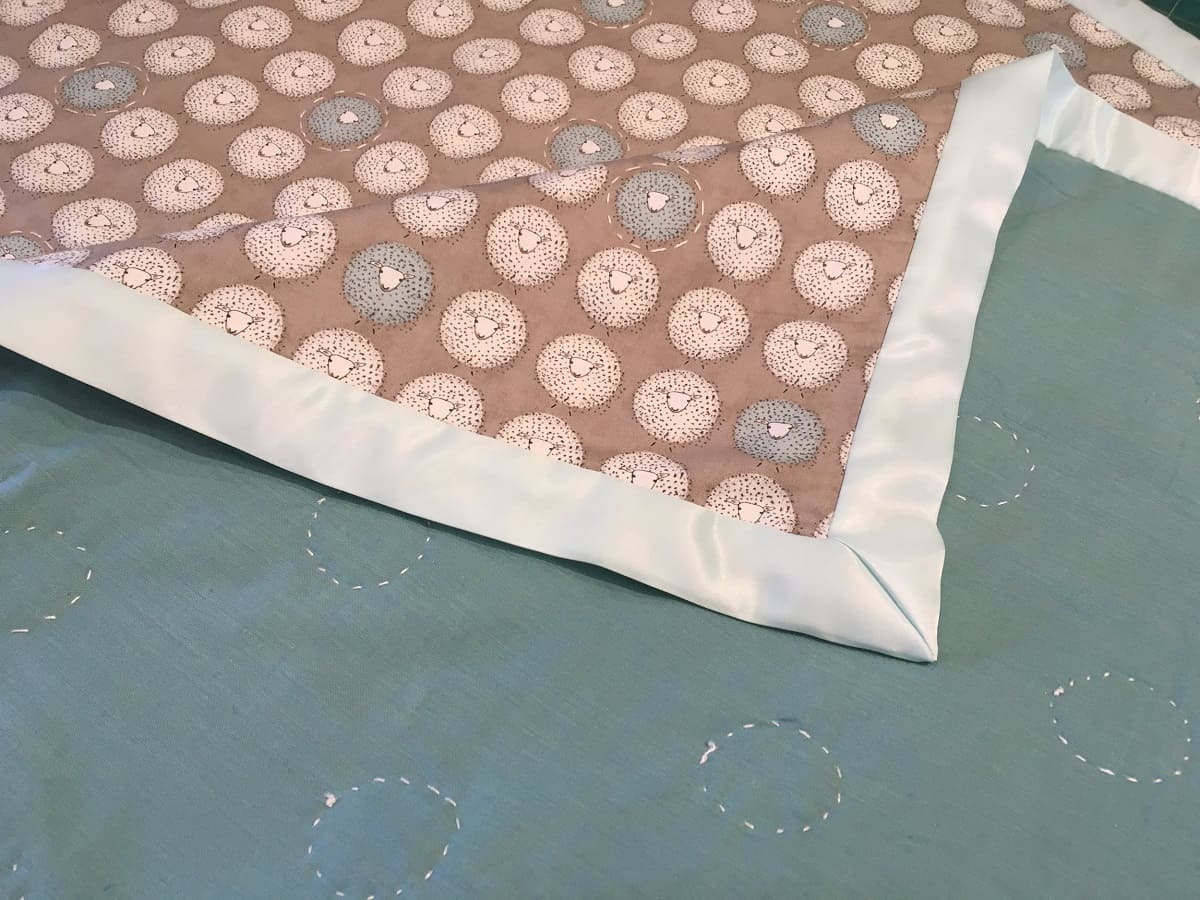

Articles
How To Sew Satin Binding On A Quilt
Modified: December 7, 2023
Learn how to sew satin binding on a quilt with our helpful articles. Find step-by-step instructions and tips to achieve a beautiful finish.
(Many of the links in this article redirect to a specific reviewed product. Your purchase of these products through affiliate links helps to generate commission for Storables.com, at no extra cost. Learn more)
Introduction
Welcome to the world of quilting! Whether you’re a seasoned quilter or just starting out, adding satin binding to your quilt can give it a beautiful and professional finish. Satin binding provides a luxurious and elegant touch, making your quilt stand out from the rest. Sewing satin binding onto a quilt may seem like a daunting task, but with the right materials and techniques, it can be easily accomplished.
In this article, we will guide you through the step-by-step process of sewing satin binding onto a quilt. We will provide detailed instructions on how to prepare the satin binding, attach it to the quilt, and finish it with a neat and professional look. By the end of this article, you’ll have the skills and confidence to complete your quilt with a stunning satin binding.
Before we dive into the process, let’s gather all the materials you’ll need:
Key Takeaways:
- Elevate your quilting game with satin binding, adding elegance and luxury to your creations. Follow the step-by-step process for a polished and professional finish.
- Master the art of sewing satin binding onto quilts, from preparation to mitering corners, and achieve stunning, personalized results. Enjoy the journey of creating beautiful and unique quilts.
Read more: How To Sew Satin Blanket Binding On A Quilt
Materials Needed
- Quilt – Make sure your quilt top, batting, and backing are all assembled and basted together.
- Satin binding – Choose a satin fabric that complements your quilt design. Calculate the amount of binding required based on the size of your quilt and add a little extra for seam allowances.
- Pins – Use straight pins or quilting clips to secure the binding in place.
- Scissors – Have a sharp pair of scissors for cutting the fabric and trimming excess threads.
- Sewing machine – A sewing machine with a walking foot is recommended for quilting projects, as it helps feed the layers evenly.
- Thread – Select a thread color that matches or blends well with the binding fabric.
- Iron and ironing board – Pressing the fabric at various stages will ensure crisp and professional-looking results.
Key Takeaways:
- Elevate your quilting game with satin binding, adding elegance and luxury to your creations. Follow the step-by-step process for a polished and professional finish.
- Master the art of sewing satin binding onto quilts, from preparation to mitering corners, and achieve stunning, personalized results. Enjoy the journey of creating beautiful and unique quilts.
Read more: How To Sew Satin Blanket Binding On A Quilt
Materials Needed
Before we begin sewing satin binding onto your quilt, it’s important to gather all the necessary materials. Having everything prepared and within reach will make the process smoother and more enjoyable. Here’s a list of the materials you’ll need:
- Quilt: Make sure your quilt top, batting, and backing are all assembled and basted together. The quilt should be clean and free of any loose threads or debris.
- Satin binding: Choose a satin fabric that complements your quilt design. Satin fabric adds a touch of elegance and sophistication to your quilt. When selecting the binding, consider the color and width that will best suit your quilt. Measure the perimeter of your quilt to determine how much binding you will need.
- Pins: Use straight pins or quilting clips to secure the binding in place as you sew. These will prevent the binding from shifting or slipping while you work.
- Scissors: Have a pair of sharp fabric scissors to cut the satin binding and trim any excess threads. It’s important to use sharp scissors for clean and precise cuts.
- Sewing machine: A sewing machine with a walking foot is recommended for quilting projects. The walking foot helps feed the layers of fabric evenly, preventing puckering and bunching. If you don’t have a walking foot, you can still use a regular sewing machine foot.
- Thread: Select a thread color that matches or blends well with the satin binding fabric. Cotton or polyester thread is suitable for sewing satin binding onto a quilt.
- Iron and ironing board: Pressing the fabric at various stages of the process will ensure crisp and professional-looking results. An iron and ironing board will help you achieve smooth and wrinkle-free binding.
By gathering these materials before you start, you’ll have everything you need to successfully sew satin binding onto your quilt. Now that we have everything ready, let’s move on to the step-by-step process of preparing the satin binding.
Step 1: Preparing the Satin Binding
Before you can attach the satin binding to your quilt, it’s important to prepare the binding strips first. This involves cutting the satin fabric into strips and preparing the ends for a clean and professional finish. Here’s how you can prepare the satin binding:
- Measure and cut: Measure the length of each side of your quilt, including any borders. Add all four measurements together, and then add a few extra inches for seaming and finishing. This will be the total length of binding you’ll need. Cut the satin fabric into strips that are 2.5 to 3 inches wide. For example, if your quilt requires 300 inches of binding, you’ll need 6 to 8 strips that are each 2.5 to 3 inches wide.
- Join the strips: Take two binding strips and place them at right angles to each other, aligning the ends at a 45-degree angle. Mark a diagonal line from one corner to the other, creating a sewing line. Pin the strips together, making sure that the edges are aligned. Sew along the marked line, backstitching at the beginning and end to secure the seam. Trim the excess fabric, leaving a ¼ inch seam allowance. Repeat this process to join all the binding strips until you have one long continuous strip.
- Press the seam: Open up the binding strip and press the seam open with an iron. Pressing the seam open will help reduce bulk and create a smooth finish when sewing the binding onto the quilt. Ensure that the seam is pressed flat and there are no puckers or folds.
- Fold and press the binding: Fold the entire strip of satin binding in half lengthwise, with wrong sides together. Use your iron to press the fold, creating a crisp and defined crease. Pressing the fold will make it easier to attach the binding to the quilt and achieve a neat and professional look.
By following these steps, you will have prepared the satin binding for sewing onto your quilt. The next step is to attach the binding to the quilt, which we will cover in the next section.
When sewing satin binding on a quilt, use a walking foot to prevent the layers from shifting. Pin the binding in place before sewing to ensure a smooth and even finish.
Step 2: Attaching the Binding to the Quilt
Now that you have prepared the satin binding, it’s time to attach it to your quilt. This step requires careful placement and stitching to ensure a secure and professional finish. Here’s how you can attach the binding to your quilt:
- Starting point: Choose one side of your quilt to start attaching the binding. Leave a tail of binding that is approximately 6 to 8 inches long. Place the raw edge of the binding along the raw edge of the quilt, with the folded edge facing towards the quilt’s center.
- Pin in place: Use straight pins or quilting clips to secure the binding in place along the quilt’s edge. Make sure the binding lies flat and is evenly distributed along the entire length of the quilt side. Continue pinning until you reach the corner.
- Sewing the binding: Beginning at least 4-6 inches from the starting point, start sewing the binding to the quilt using a ¼ inch seam allowance. Backstitch at the beginning to secure the stitches. Continue sewing, removing the pins as you go, until you reach the first corner of the quilt.
- Mitering the corner: When you approach the corner of the quilt, stop sewing at a distance equal to the width of the binding. Fold the binding up and away from the quilt at a 45-degree angle, creating a diagonal fold. Then fold the binding back down, aligning it with the next side of the quilt. The folded edge should be flush with the raw edge of the quilt. Pin in place and continue sewing from the corner, using a backstitch to secure the stitches.
- Continue sewing: Repeat steps 3 and 4 for each corner of the quilt. As you sew along each side, ensure the binding lies flat and aligns evenly with the quilt’s edge. Remove the pins as you go and backstitch at the end to secure the stitches.
- Ending the binding: When you reach the starting point, leave a tail of binding that is approximately 6 to 8 inches long. Backstitch to secure the stitches, ensuring the starting and ending points overlap slightly. Trim the excess binding, leaving a ¼ inch seam allowance.
By following these steps, you will have successfully attached the satin binding to your quilt. The next step is to miter the corners for a clean and professional look, which we will cover in the next section.
Read more: How To Sew A Quilt Binding
Step 3: Mitering the Corners
Mitering the corners of your quilt adds a polished and professional touch to the satin binding. This technique creates neat and tidy corners, eliminating any bulk or excess fabric. Here’s how you can miter the corners:
- Approaching the corner: As you sew the binding along the quilt’s edge, stop stitching approximately ¼ inch before reaching the corner. Leave the needle in the down position to hold the fabric in place.
- Folding the corner: Take the binding and fold it up and away from the quilt, creating a 45-degree angle fold. The fold should align with the adjacent side of the quilt, forming a diagonal line.
- Folding back down: Fold the binding back down over itself, aligning the folded edge with the next side of the quilt. The binding should now be flush with the quilt’s raw edge. Make sure the fold forms a clean and crisp corner.
- Pinning the corner: Pin the folded corner in place to secure it. The pin should go through both layers of the binding and the quilt’s fabric. Ensure that the binding lies flat and there are no puckers or folds.
- Continuing sewing: Resume sewing the binding along the next side of the quilt, starting from the corner. Remove the pin as you sew, making sure the stitches are secure. Continue sewing until you reach the next corner, and repeat the process for each corner of the quilt.
- Finishing the last corner: When you reach the last corner, fold the binding as you did in the previous steps, forming a neat and mitered corner. Pin it in place and sew until you reach the starting point.
- Completing the mitered corners: Once all the corners are mitered and secured, double-check the binding to ensure it lays flat and smooth along the quilt’s edges. Adjust and re-pin any areas if necessary.
By following these steps, you will have successfully mitered the corners of your quilt’s satin binding. The next step is to sew the binding to the back of the quilt for a neat and invisible finish, which we will cover in the next section.
Step 4: Sewing the Binding to the Back of the Quilt
Now that the satin binding is attached to the front of your quilt, the final step is to secure it to the back of the quilt. This step will give your quilt a finished and professional appearance. Here’s how you can sew the binding to the back of the quilt:
- Fold the binding: Flip the quilt over so that the quilt’s back side is facing up. Fold the satin binding over to the back of the quilt, covering the raw edges. The folded edge of the binding should extend slightly past the stitch line on the front of the quilt.
- Pinning the binding: Use straight pins or quilting clips to hold the folded binding in place along the back of the quilt. Make sure the binding is evenly folded and lies flat against the quilt’s back. Pin all sides of the quilt, removing any pins that were used during the previous steps.
- Sewing the binding: Begin sewing on one side of the quilt, close to the edge of the binding. Use a thread color that matches the binding fabric or blends well with it. You can use a hand needle or continue using your sewing machine for this step. Stitch along the edge of the binding, securing it to the back of the quilt. Ensure that your stitches catch the folded portion of the binding, but remain invisible on the front of the quilt.
- Finishing the corners: As you reach each corner, fold the binding neatly and tuck any excess fabric under to create a clean corner. Continue stitching, making sure your stitches are even and secure. Take your time to maintain a consistent stitch width and keep the binding smooth and flat along the back of the quilt.
- Finalizing the stitching: Once you have sewn all four sides of the quilt, finish your stitching by looping the thread through the last stitch and tying a knot. Trim any excess thread.
- Final touch: Go over the quilt and remove any remaining pins or quilting clips. Inspect the binding to ensure it is securely attached and lays flat with no puckers or folds. If needed, press the quilt from the back to remove any creases or wrinkles.
Congratulations! By following these steps, you have successfully sewn the satin binding to the back of your quilt, giving it a clean and finished look. Your quilt is now ready to be enjoyed or gifted to someone special.
Remember, practice makes perfect. As you continue to sew satin binding onto quilts, you’ll become more proficient and confident in the process. Enjoy the journey of creating beautiful and personalized quilts with satin binding!
By following these steps, you will have successfully sewn the satin binding onto your quilt. The next step is to miter the corners for a clean and professional look, which we will cover in the next section.
Conclusion
Congratulations on completing your quilt with a stunning satin binding! By following the step-by-step instructions in this article, you have learned how to prepare the satin binding, attach it to the quilt, miter the corners, and sew it to the back for a polished and professional finish.
Satin binding adds a touch of elegance and luxury to your quilts, elevating them to a whole new level. With the right materials, techniques, and a little bit of practice, you can create beautiful and personalized quilts that will be cherished for years to come.
Remember to choose a satin fabric that complements your quilt design and take accurate measurements to ensure you have enough binding for all sides. Take your time to join the binding strips, press the seams, and fold the binding neatly. Sewing with precision and attention to detail will result in a clean and refined look.
Attaching the binding to the quilt requires careful pinning and sewing, ensuring that the binding aligns evenly with the quilt’s edges. Mitering the corners is a technique that creates professional-looking corners with no excess fabric. Lastly, sewing the binding to the back of the quilt provides a neat and finished appearance.
As you continue your quilting journey, don’t be afraid to experiment with different fabrics, colors, and patterns for your satin binding. Each quilt is an opportunity to showcase your creativity and express your personal style.
Now that you have mastered the art of sewing satin binding onto a quilt, you can confidently embark on new quilting projects and explore different techniques to enhance the beauty of your creations. Let your imagination run wild and create quilts that are truly unique and extraordinary.
Thank you for joining us on this quilting adventure. We hope you find joy and fulfillment in your future quilting endeavors. Happy quilting!
Frequently Asked Questions about How To Sew Satin Binding On A Quilt
Was this page helpful?
At Storables.com, we guarantee accurate and reliable information. Our content, validated by Expert Board Contributors, is crafted following stringent Editorial Policies. We're committed to providing you with well-researched, expert-backed insights for all your informational needs.
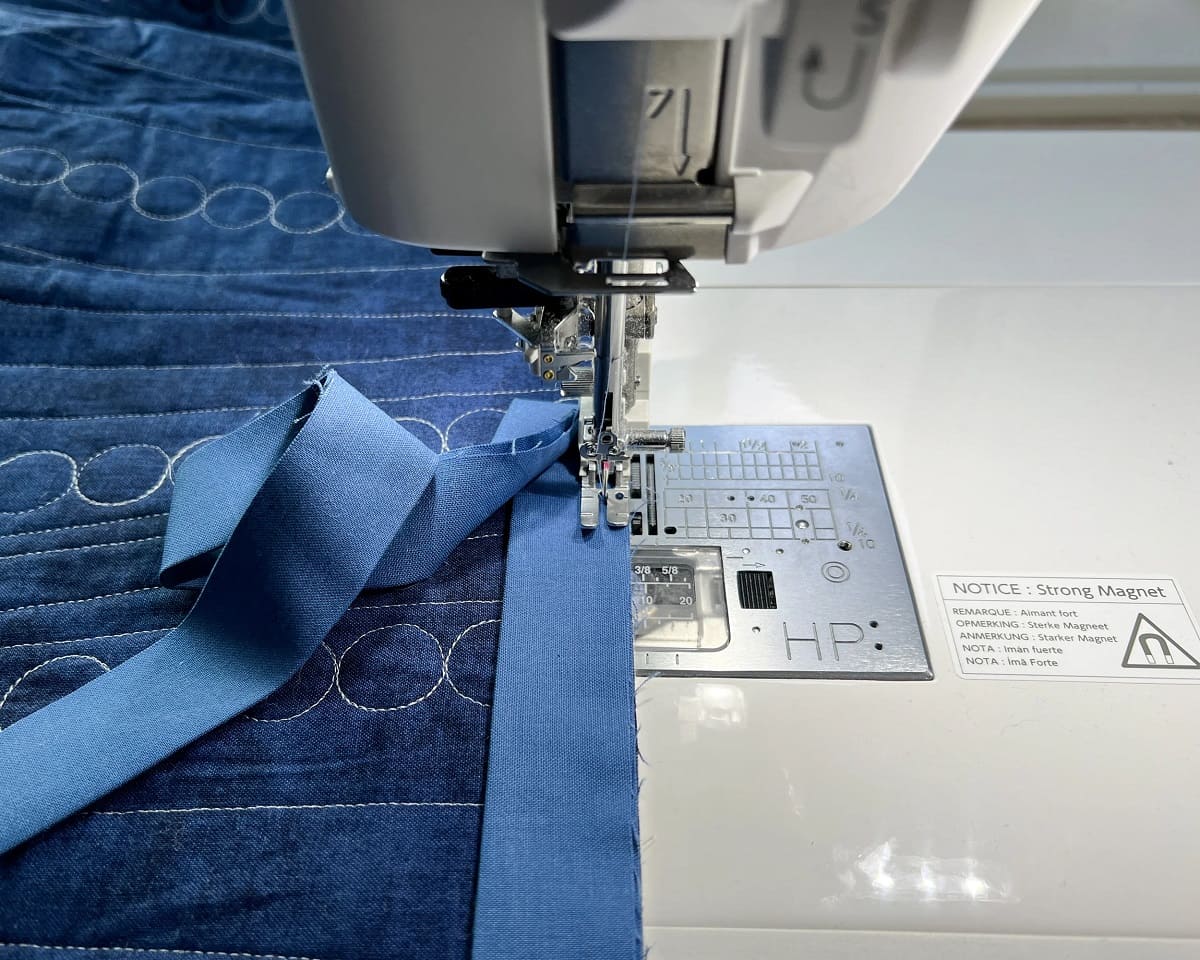
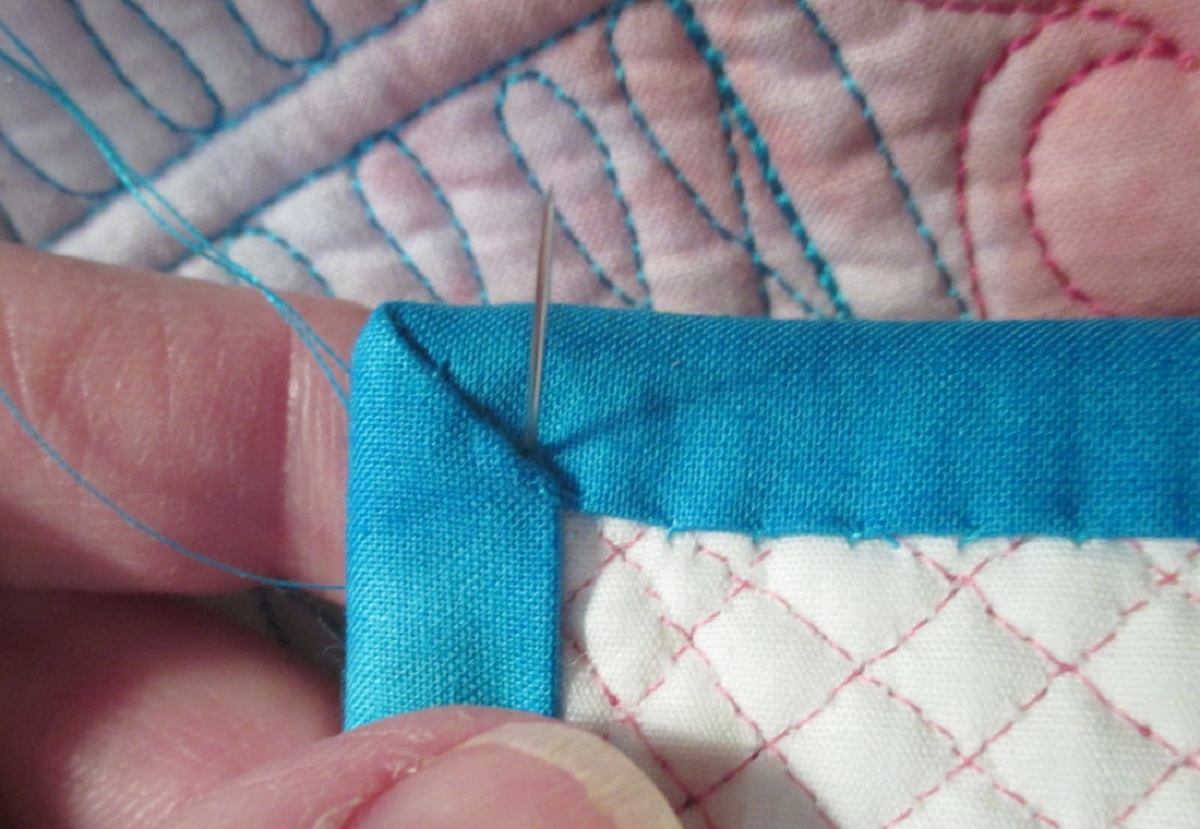
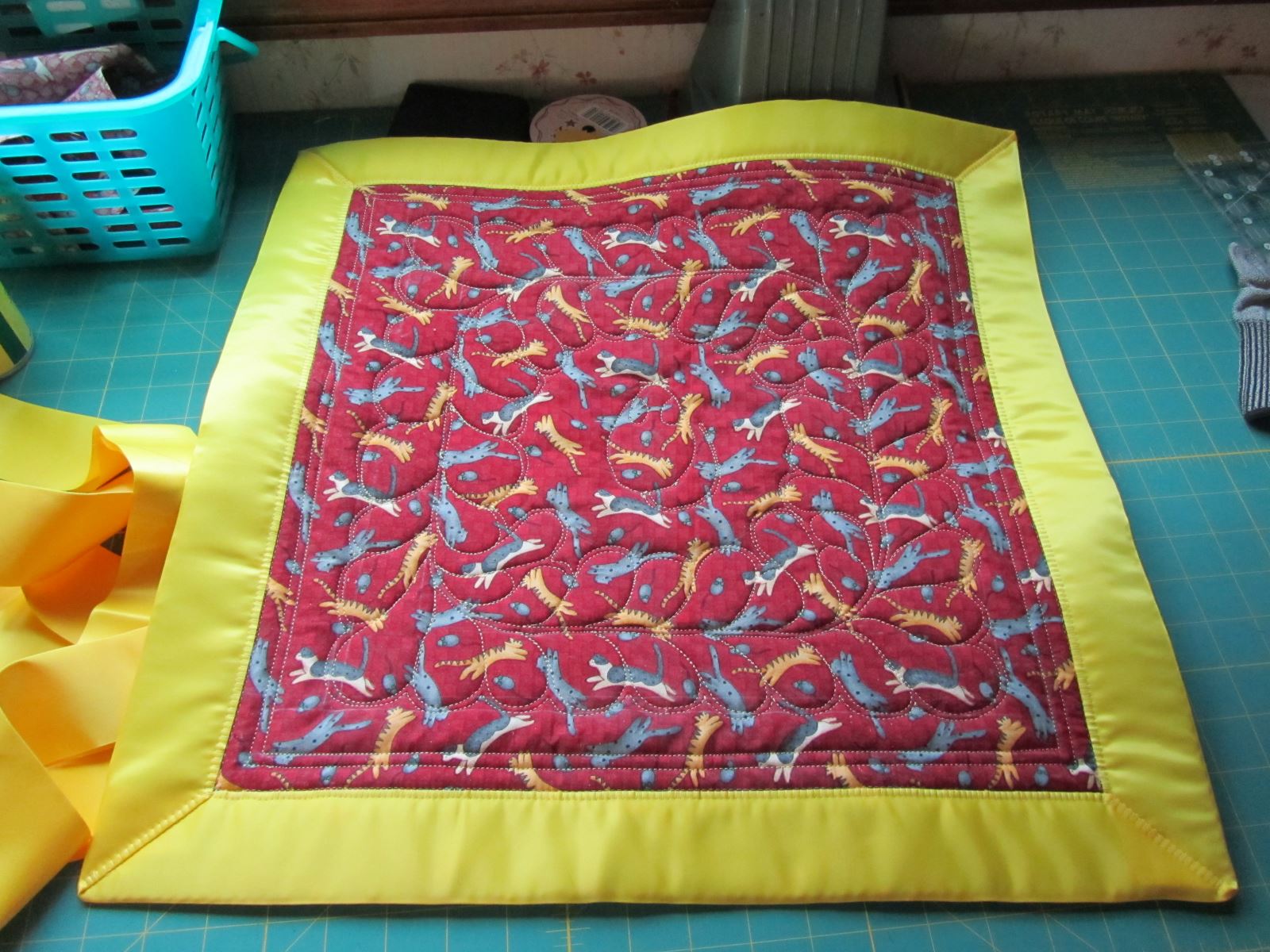
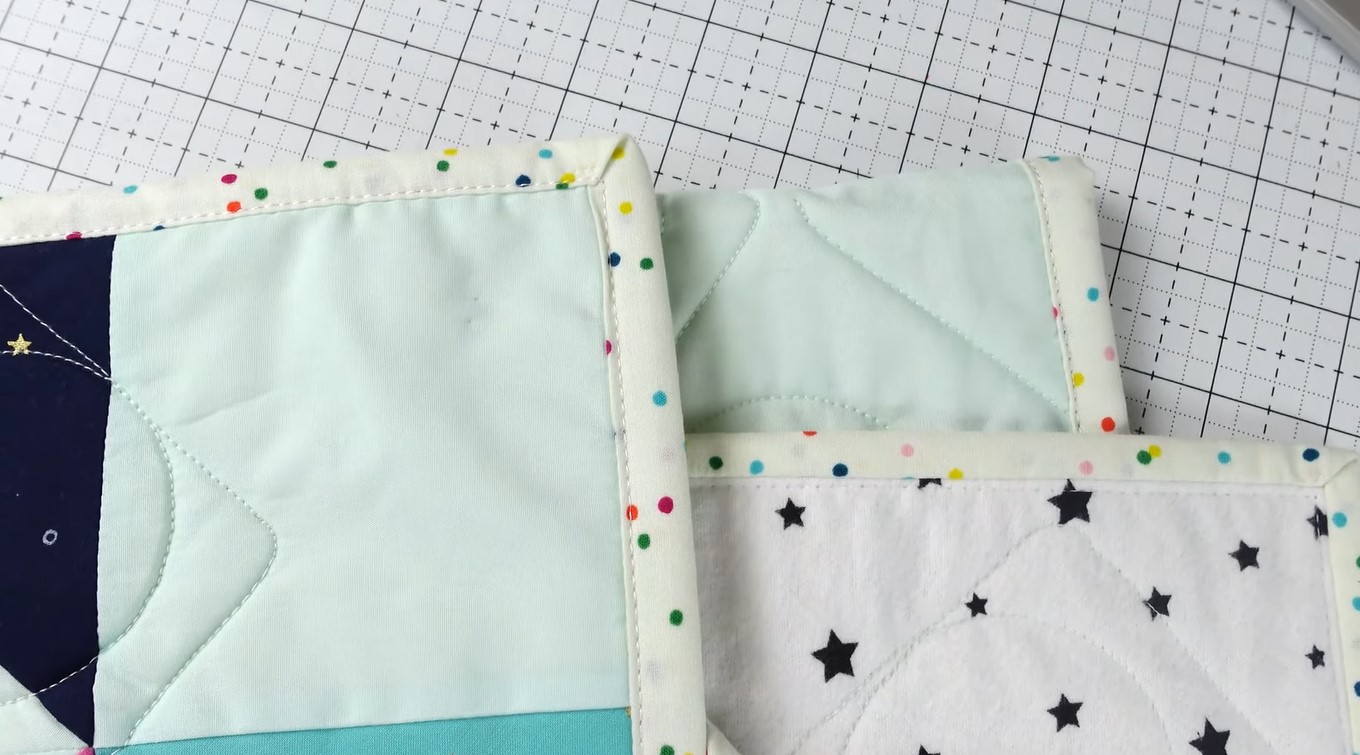
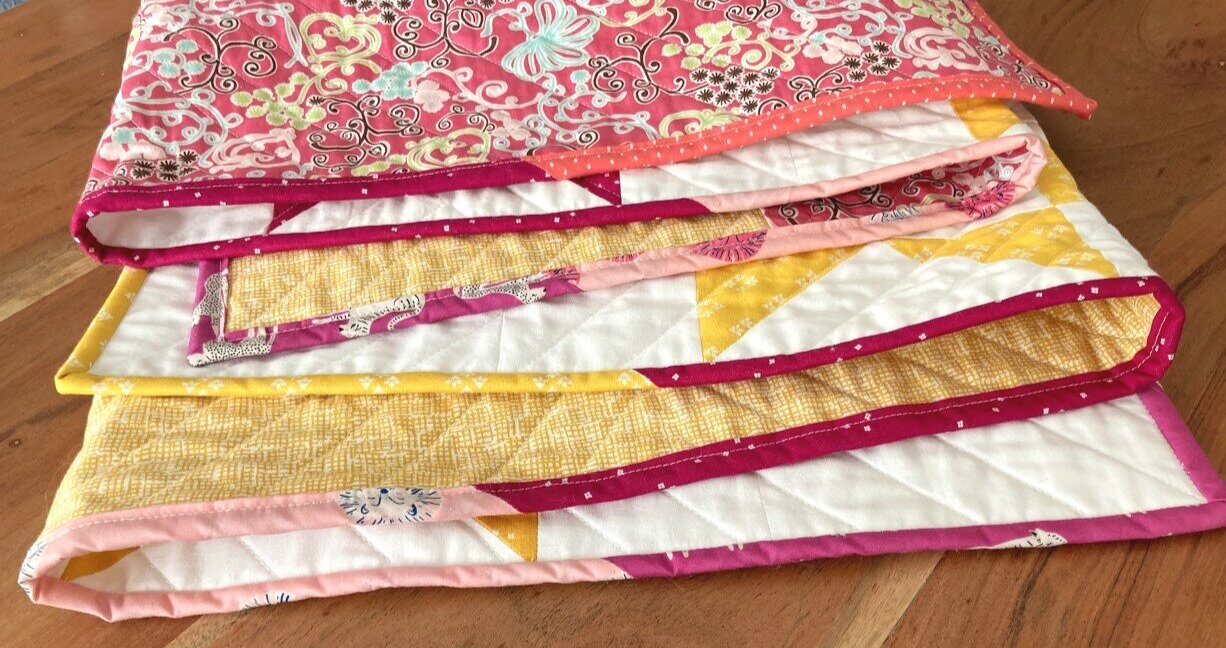
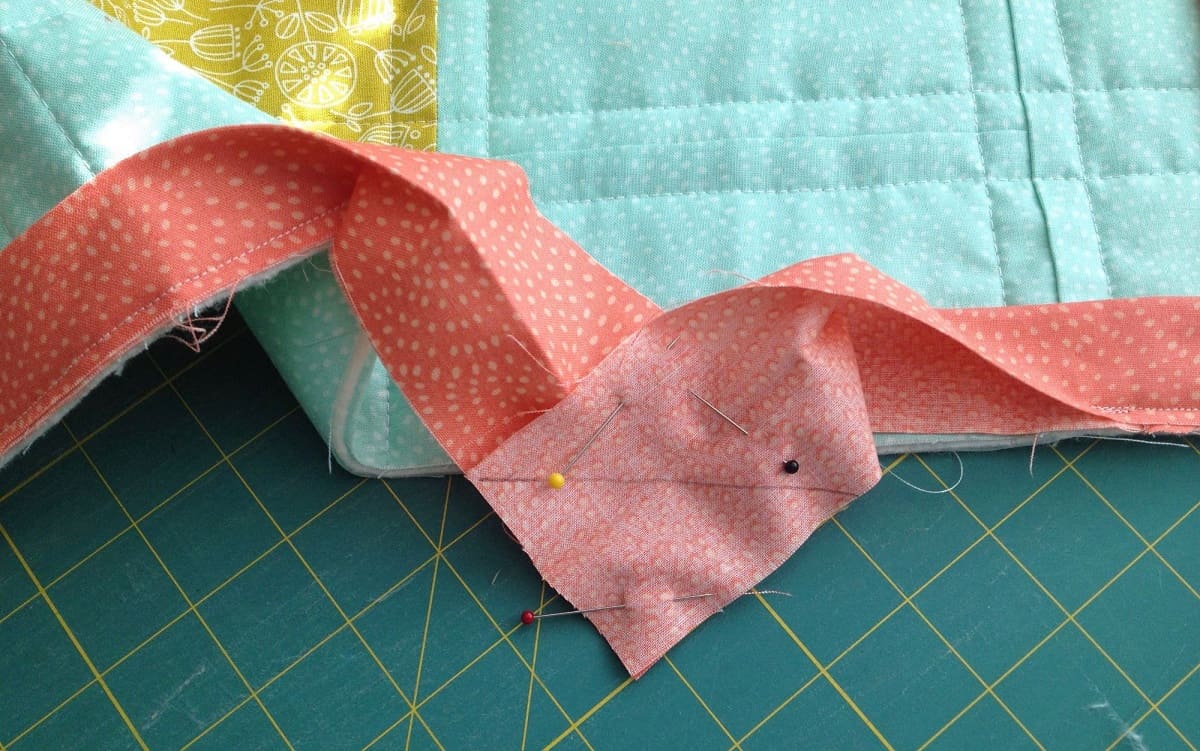
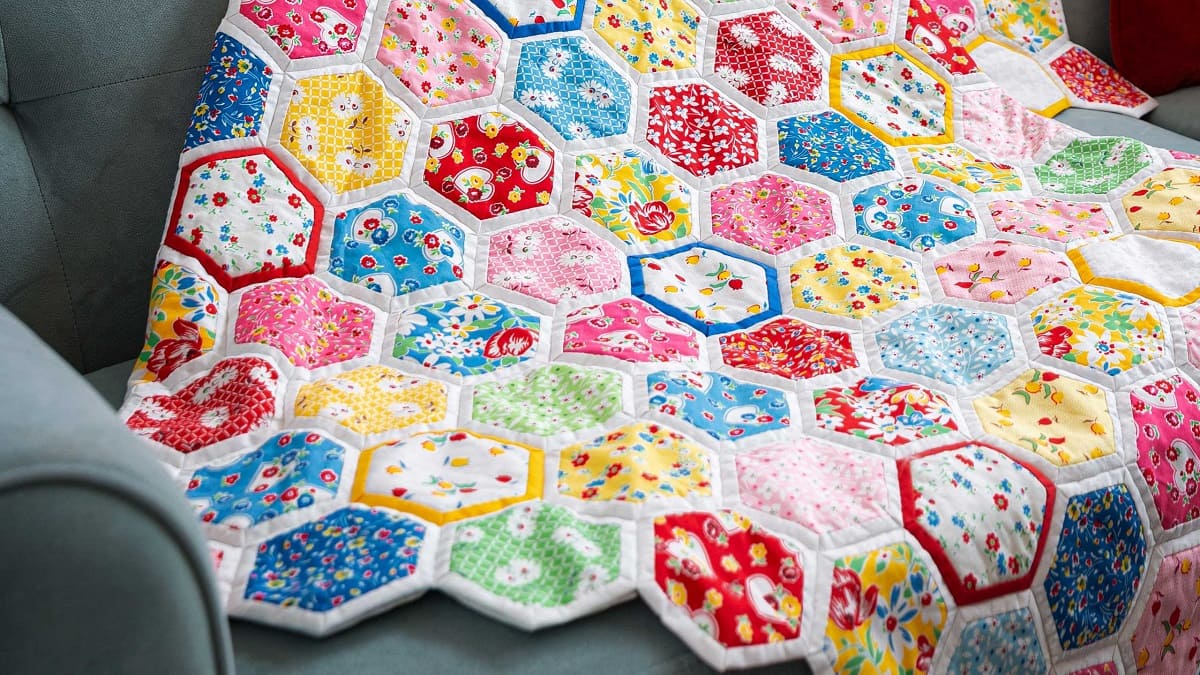
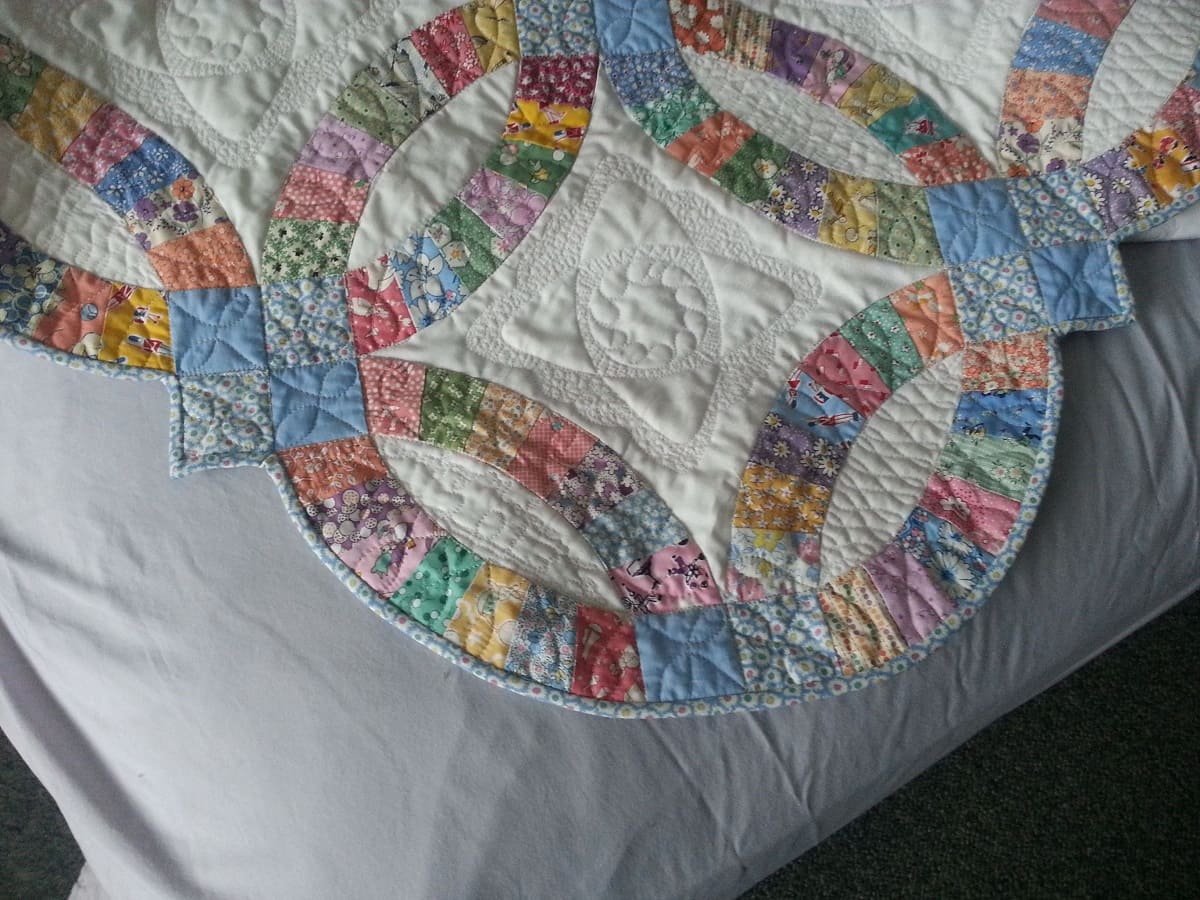
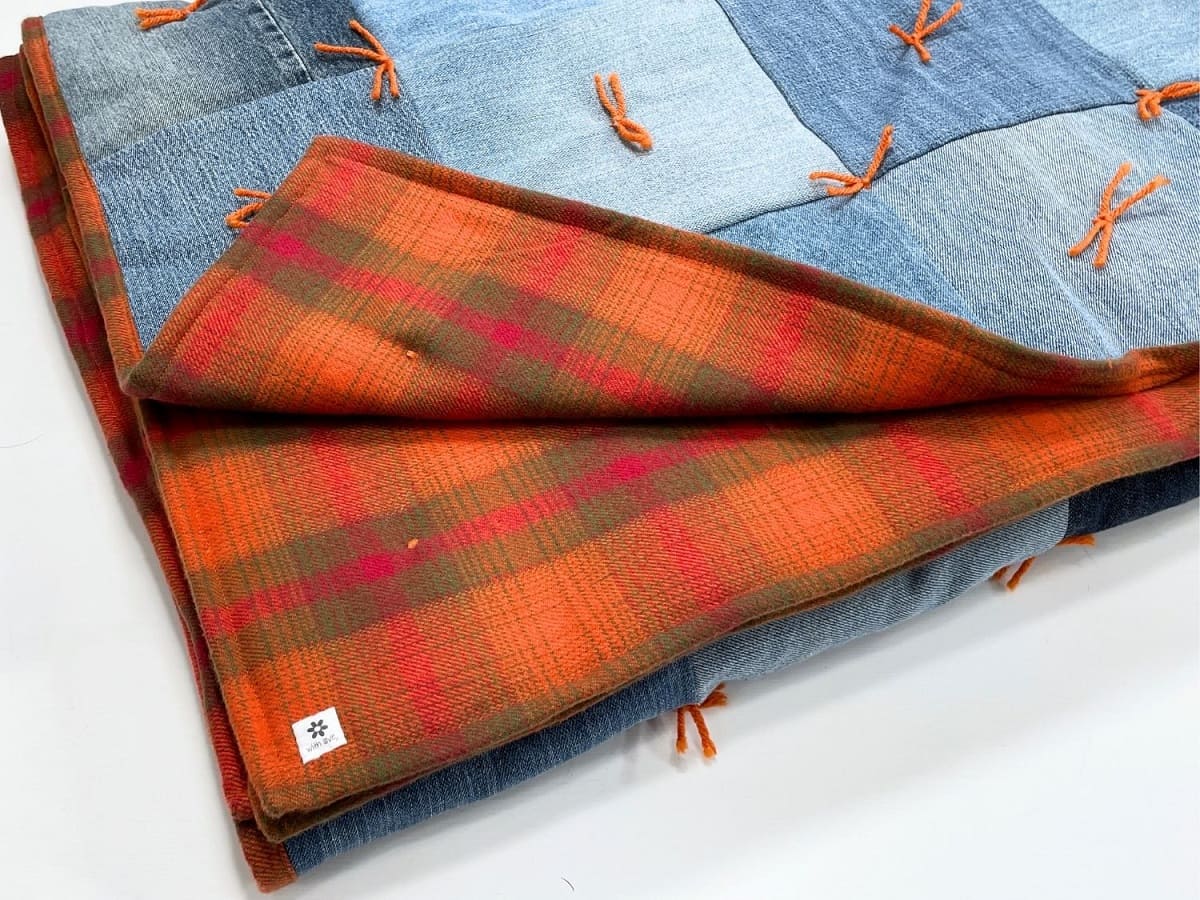
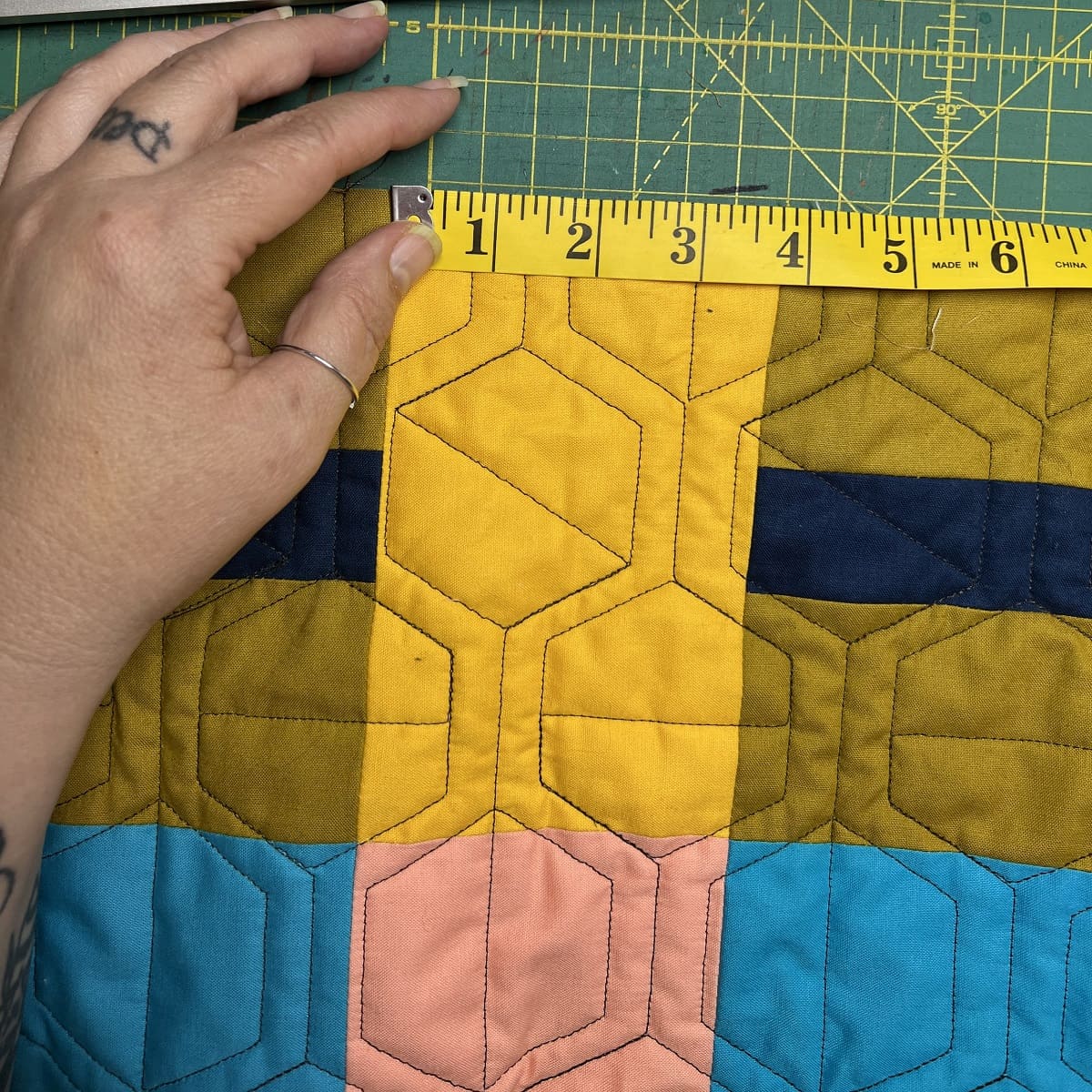
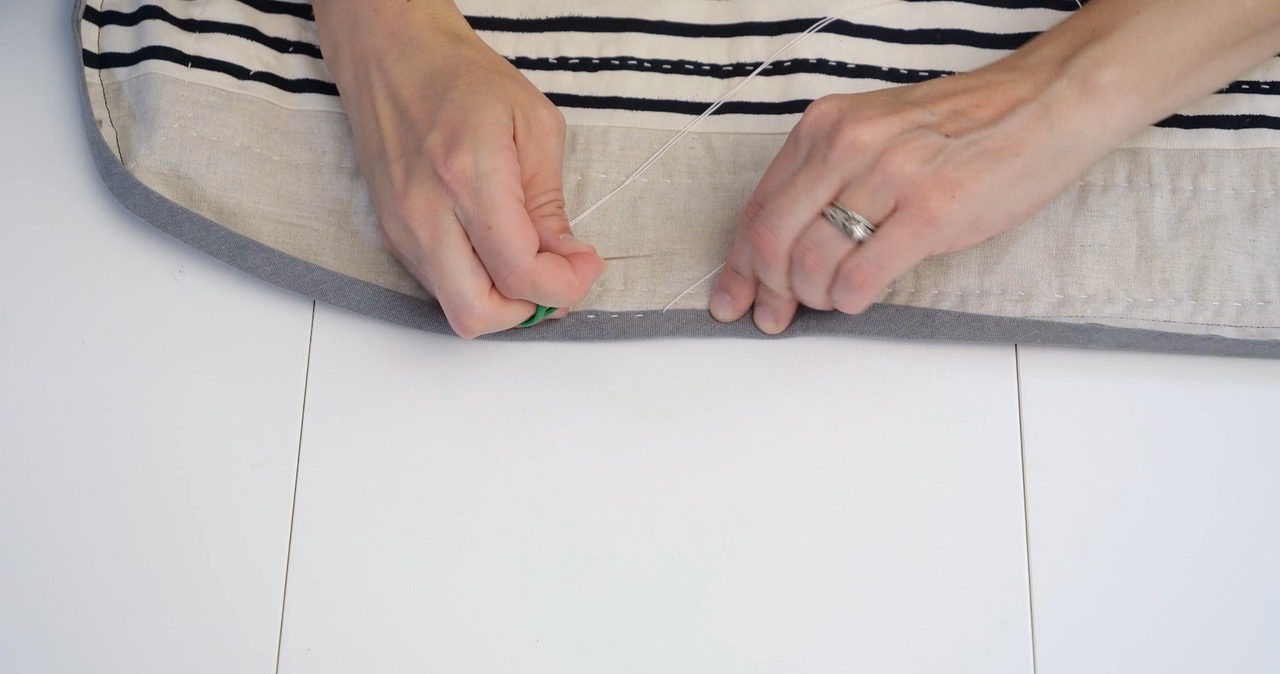
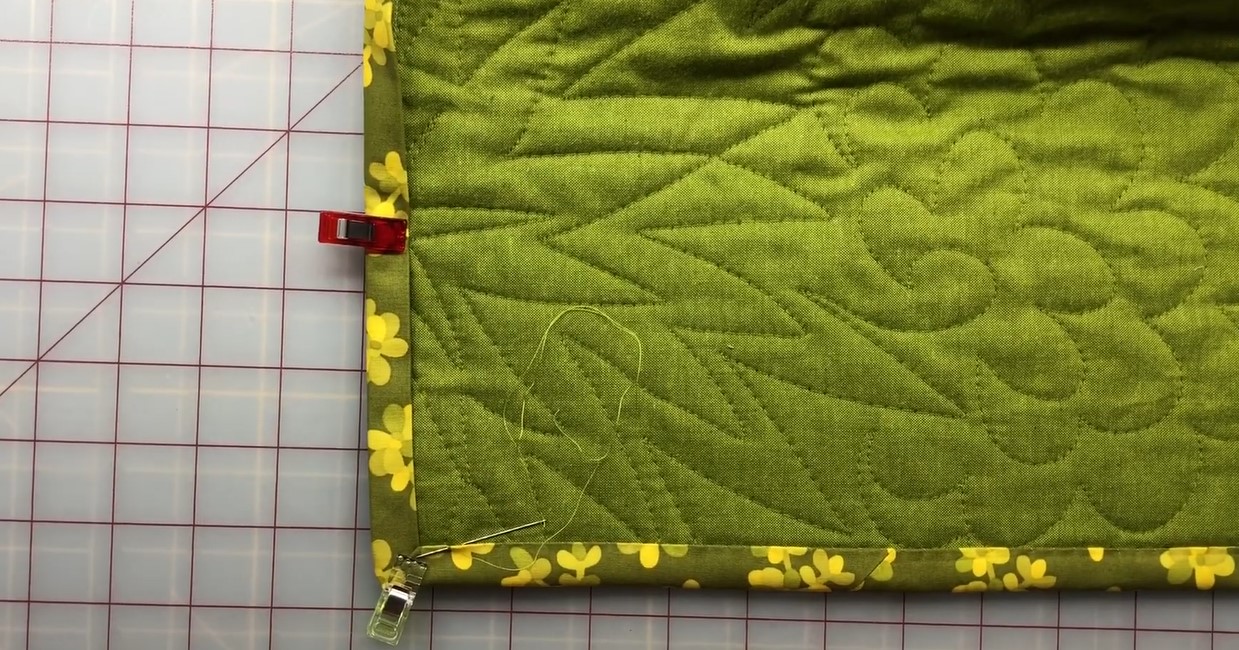

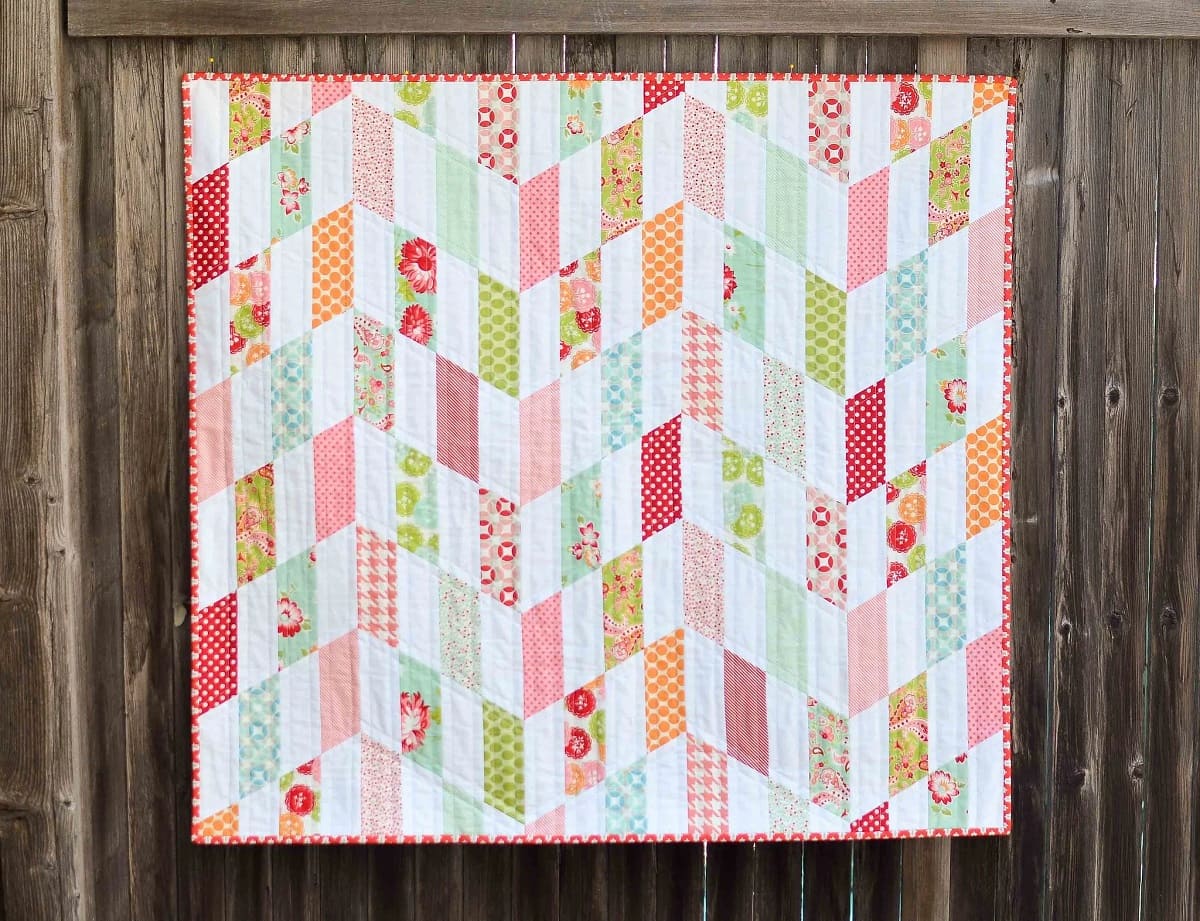

0 thoughts on “How To Sew Satin Binding On A Quilt”